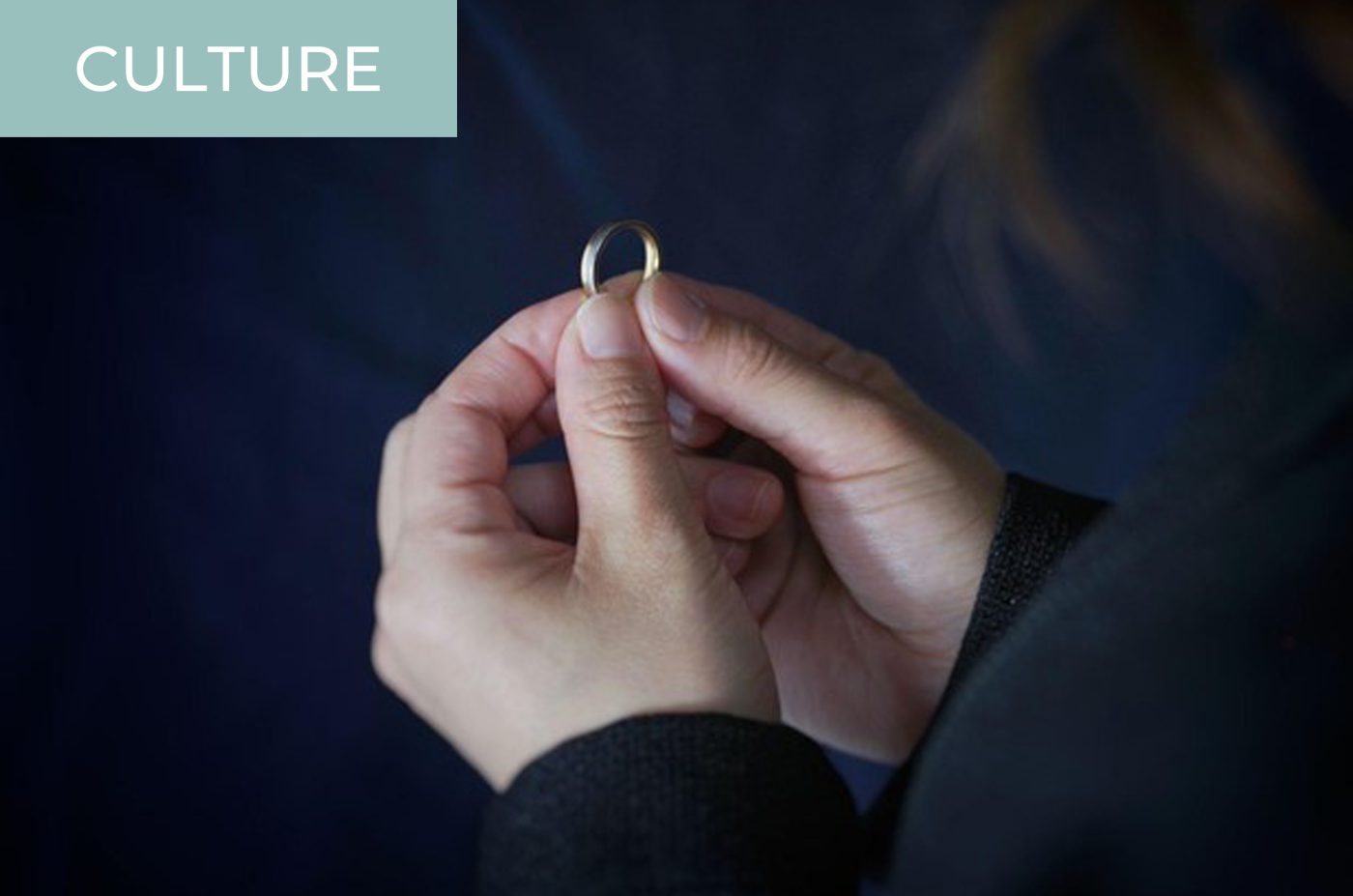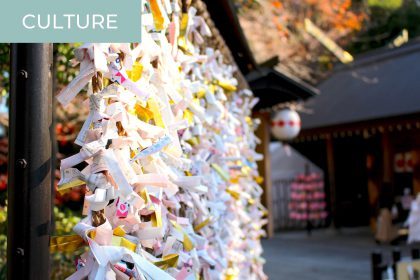It’s a simple, albeit controversial, concept: Irreversibly rocky marriages may end in divorce, and nowadays, more than ever before. However, in Japan, there is a growing trend of even happy couples ending their relationships–but only after one of them dies. What is this phenomenon of divorce after death, and what has caused its surge in popularity?
First, let me explain what I mean by “divorce after death,” called 死後離婚 (shigo rikon) in Japanese. This may go by other terms, such as “posthumous divorce” or “post-mortem divorce” in English. To be clear, this is not simply the case of one spouse dying during a divorce settlement. In this Japanese posthumous divorce–which is legally distinct from the common 離婚 (rikon, “divorce”), which must be made while both spouses are still alive–the surviving partner is still able to inherit the deceased’s legacy and pension. In fact, it’s not really a divorce at all in the traditional sense. With Japanese divorce after death, the surviving spouse ends his or her relationship, and therefore his or her legal and societal obligations, with the deceased’s family. (Please note: Japan does not legally recognize same-sex marriages at the time of writing, so in turn, this applies only to heterosexual unions.)
Cases of divorce after death have skyrocketed in Japan, more than doubling in just a decade. While there were 1,823 cases in 2009, this number reached 4,124 in 2018. Statistics regarding gender breakdown are harder to find, but journalistic reports and anecdotal evidence point to women overwhelmingly filing to divorce their husband’s families after death. This comes down to cultural expectations toward wives in Japan.
Familial Obligations and Japanese Law
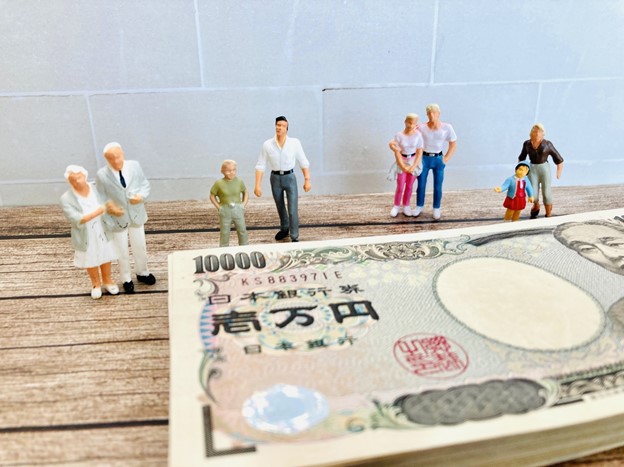
Japan’s Civil Code changed significantly after World War II. Before reforms in the 1940s, women were not allowed to own property, vote, file for divorce, or inherit a family estate, among other freedoms. Women were dependent on the patriarch of their family, whether that was their father, husband, or eldest son. In fact, the Japanese word for “widow” is 未亡人 (mibojin, “the not-yet-dead one”), which implies that she should have died with her husband and is expecting her own death. There is also still a legal code requiring relatives, whether by blood or by marriage, to extend support to another under certain conditions. If a spouse lives with her parents-in-law, she is obligated to support them financially and potentially more if the family files a legal plea. Although women legally became closer to men’s equals decades ago, society proves difficult to change. Even now, especially among older generations, traditional mindsets are in place. The woman is still often seen as “marrying into” her husband’s family and is socially or potentially legally obligated to take care of his family members.
This often places a massive burden on the wife and widow, especially for the modern woman. It is now common in Japan for a wife to work outside of the home, although generally she is still expected to take on the bulk of childrearing and housework. Forget about the “double shift”; adding on caring for a husband’s aging parents or other family members on top of everything else could force her to take on what has become termed a “double double shift.” Not wanting the burden of supporting one’s parents-in-law is perhaps the most common reason why women file for posthumous divorce.
Alternative Incentives for Divorce after Death
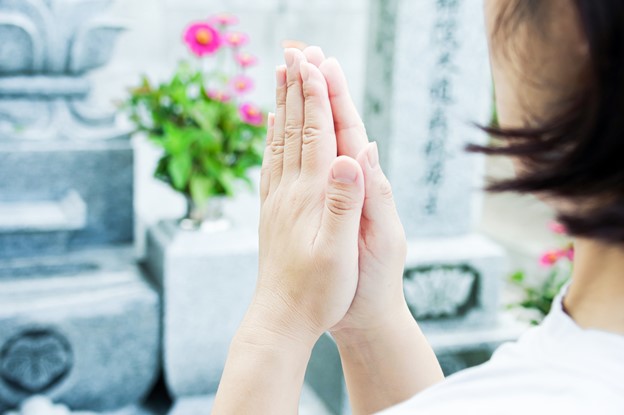
However, there are other motivations as well. A widow may have a problematic relationship with her deceased spouse’s family that she wants to break away from for reasons other than money or nursing. Perhaps she even had a tumultuous relationship with her husband but for practical reasons couldn’t divorce him while he was alive, and she wants a divorce for her mental health. Japanese law prohibits married couples from having different surnames, which means the woman almost always takes her husband’s name. With a posthumous divorce, she is allowed to revert back to her maiden name. There are also cases of women wanting post-mortem divorces due to the stresses of traditional memorial services, which are rooted in Buddhism and expected to be enacted over years, as well as grave upkeep. Nowadays, fewer women than men wish to be buried with their spouses, and more and more women are choosing not to be buried at their husbands’ ancestral gravesites. The expectation for women to leave their own families for their husbands’ is fading away.
Balancing the Benefits and Drawbacks
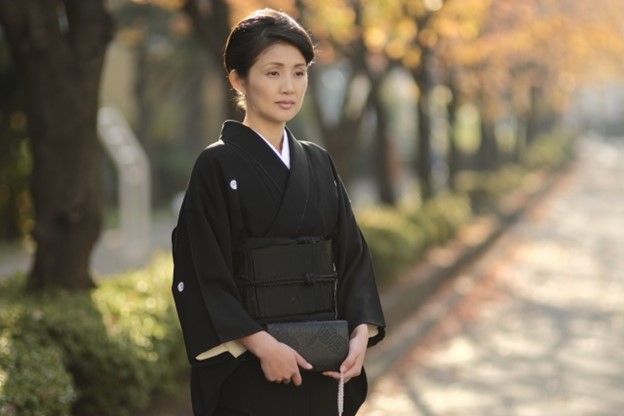
Of course, while the process and paperwork are relatively straightforward, filing for divorce after death in Japan shouldn’t be taken lightly. It may not only sour relationships with parents-in-law, with whom a widow may be currently living, but also potentially with her children and other kin. Removing the responsibility for memorial services and grave upkeep may make it more difficult for a widow to participate in those services or visit his grave. And once the documents are filed, the process cannot be undone.
That being said, the availability of such a process can be viewed as empowering for Japanese women, and an uptick in its use is showing a shift in family values and mindset. This is also reflected in mibojin’s losing popularity as a term–despite no actual alternative–due to broader recognition of the word’s inherent discrimination. Death and divorce are never easy to deal with, but sometimes, putting them together is seen as the most sound option for a woman who is looking to move on with her life—and not just waiting for death herself.

